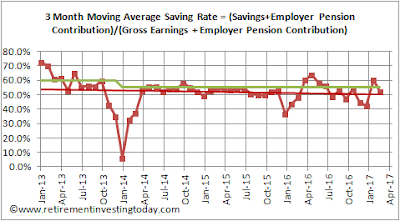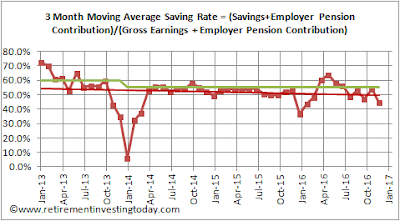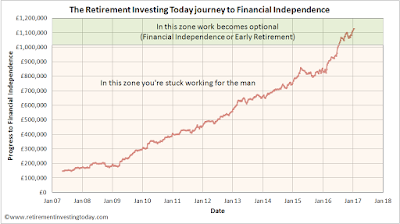So when are you taking early retirement I hear you ask? Before answering let me first provide some musings of how the world of somebody who has been financially independent for just shy of one year is playing out.
In short life is good, no I mean life is great and I mean really great. We were fortunate enough to be able to spend some more time back in Cyprus and this time around it really did feel like home to the point we were quite saddened to return to Blighty. We also think we have found the town we will first settle. Of course we’ll first rent for 6 to 12 months just to make sure but it felt really good. I think now there is really only one thing that will stop us from migrating to Cyprus which I’ll explain a little later.
The stress from my work is also now an order of magnitude less making it tolerable. This is predominantly because there is no longer a sword of Damocles hanging over me. If I’m fired, as opposed to FIRE’d, I’ll just take my payoff and sail off into the sunset with a smile on my face. Stress has also been reduced because I now speak very freely as again there are no repercussions of saying something that maybe others don’t want to hear.
Mrs RIT has early retired in a Mr Money Mustache kind of way. For some time now she’s been pursuing a passion of hers which has been absorbing more and more time because of the enjoyment factor associated with it. What’s actually a bonus is it’s also actually starting to earn beer money and importantly can be done from just about anywhere in the world. The original plan was that we were going to FIRE together but after some RIT family discussion we decided that was a nonsense piece of planning and so she has now stepped away from the corporate world for good and now just does fun stuff. One down and one to go...
In short life is good, no I mean life is great and I mean really great. We were fortunate enough to be able to spend some more time back in Cyprus and this time around it really did feel like home to the point we were quite saddened to return to Blighty. We also think we have found the town we will first settle. Of course we’ll first rent for 6 to 12 months just to make sure but it felt really good. I think now there is really only one thing that will stop us from migrating to Cyprus which I’ll explain a little later.
Click to enlarge, my walking/running route from a possible Cyprus home
Click to enlarge, my cycling route from a possible Cyprus home
The stress from my work is also now an order of magnitude less making it tolerable. This is predominantly because there is no longer a sword of Damocles hanging over me. If I’m fired, as opposed to FIRE’d, I’ll just take my payoff and sail off into the sunset with a smile on my face. Stress has also been reduced because I now speak very freely as again there are no repercussions of saying something that maybe others don’t want to hear.
Mrs RIT has early retired in a Mr Money Mustache kind of way. For some time now she’s been pursuing a passion of hers which has been absorbing more and more time because of the enjoyment factor associated with it. What’s actually a bonus is it’s also actually starting to earn beer money and importantly can be done from just about anywhere in the world. The original plan was that we were going to FIRE together but after some RIT family discussion we decided that was a nonsense piece of planning and so she has now stepped away from the corporate world for good and now just does fun stuff. One down and one to go...

















